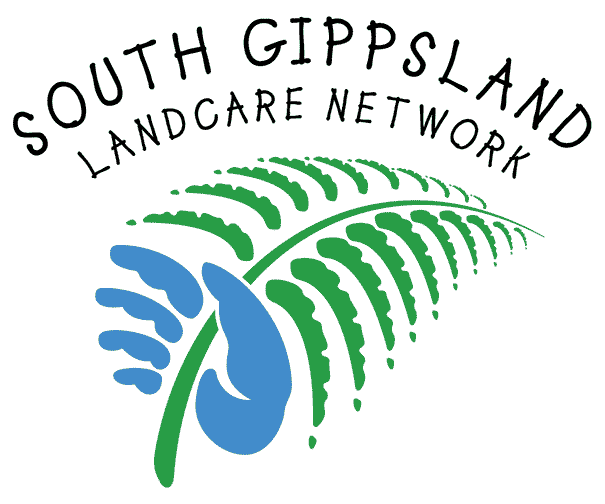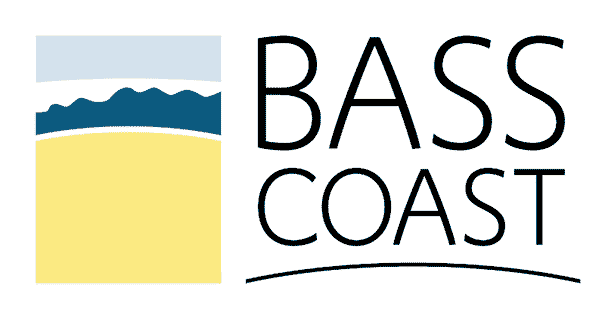Mark and Margaret Brammar: Our Story
Strzelecki Heritage Apples is a family run business in the Strzelecki Hills. Mark and Margaret Brammar grow over 400 varieties of apples, supplying trees to most states in Australia, as well as selling fruit locally. Additionally, they sell pears and plums, and are building up a fat lamb business.
Our Vision
“At Strzelecki Heritage Apples we are committed to preserving over 400 varieties of apples.
We're small enterprise, niche, combining the nursery and fruit production with running livestock; and applying principles of sustainability. I think is quite a unique enterprise. We see what we are doing as a demonstration small farm.”
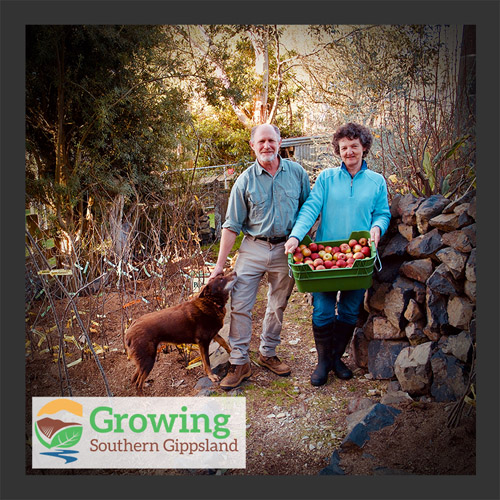
Enterprise: Horticulture and grazing – apples and sheep
Business Name: Strzelecki Heritage Apples
Locality: Strzelecki
Catchment Management Region: Port Phillip and Westernport
LGA: South Gippsland
Landform: Strzelecki Ranges: Rolling Hills
Soil Type: Grey-brown clay-loam dermosols
Annual Rainfall Average: 848.5 mm or 33.4 inches (Source- Bureau of Meteorology. Farm records: 1050 mm)
Our Enterprise
“We buy in rootstock and we graft the trees, either apple, pear or plum, selling them, mostly in winter, as bare rooted trees. A lot of trees are picked up from home and we also do mail order, locally and interstate. Some trees are potted up, so we can sell them through the year at events such as plant fairs and at farmers’ markets.”
For 27 years they owned 3 acres and leased part of the adjoining 57 acres for a small flock of sheep.
“We now own 60 acres at home with another small block up the road. As well as the heritage apple, pear and plumb nursery we have a small orchard of mainly apples, which allows fruit sales from the farm gate and at local farmers markets. Much of the property is used for fat lamb production.”
Our Challenges
The changing weather pattern provides various challenges associated with events such as hotter spring weather, increasing likelihood of low spring rainfall and summer heatwaves. Not all the changes are bad. Milder winter weather allows better access to the undulating to steep paddocks and better winter pasture growth. Less spring rainfall produces fewer fungal problems on the fruit trees and potentially better-quality fruit.
“We have over 25 years of rainfall records now. The trend is not necessarily to lower annual rainfall, but seasonal differences are emerging. There seems to be some reduction in winter and spring rainfall, but at other times of the year there is very little change. Because we generally have a high annual rainfall, each year we have enough in autumn and winter to replenish subsoil moisture and fill dams, which helps a lot if spring rainfall is too low or we have prolonged dry spells in summer and autumn.”
The texture of the seasons is changing.
“The main change we have noticed is the dry springs. For instance, a dry October, dry November seem to be happening more frequently. It used to be very infrequent, maybe once every 10 years. While not great for spring pasture growth, it is actually good for our apples. By the end of winter, the soil profile is usually saturated, with plenty of water for the trees to grow through spring and early summer, even with below average rainfall. Tree roots can access soil moisture at depth. It doesn't matter if the surface dries out. The fruit quality is improved because you have fewer fungal problems.”
The seasonal and weather changes impact on the fruit stock.
“In 2018, we had a very dry February. This affected fruit production as the trees became stressed and even began to drop leaves. Some trees had to be watered for the first time in 5 years and watering generally had to be increased. Heat waves not only increase water stress on the trees but directly damage fruit through sun scorch. Unseasonably hot spring weather, such as occurred in December 2019, can dramatically reduce the percentage take of new grafts in the nursery.”
Our Landscape Activities
For the almost thirty years the Brammar’s helped manage the adjoining 57 acres and ran a small flock on some steep paddocks.
“The rest of the farm was carrying cattle. In 1992 we started to fence off the main gullies and began to plant native vegetation.”
The aim was to restore a balance between farm production and the natural environment. Steep land previously cleared for beef and dairy farming was restored to forest. Eventually, about 25% of the property was planted with indigenous trees and shrubs. The Brammar’s grew fruit trees on the home three acres, complemented by a further three acres which they bought six years ago to assist in expansion of their nursery business.
Through apple crop plantings, native tree plantings and fencing of water sources, the land and soil is being regenerated.
“We are really about that sustainability… - of managing the land, building up soil carbon, using practices of rotational grazing, which helps with soil carbon and overall pasture production as well, minimising movement of nutrients around the property and concentrations in stock camps.”
Rotational grazing requires an appropriate number of paddocks, with consideration of your flock size, in our case in sheep. We don’t move the sheep daily, but maybe every 3 – 4 days or once a week, depending on the size of the paddock, pasture quantity and time of year.”
Our Practices and Successes
“There's obviously many measures of success - there's financial, there's a feeling of wellbeing through doing something worthwhile, and obviously keeping food on the table. Tree sales is an obvious one, the amount of fruit we sell, the prices we get for the lambs, the amount of lambs we're producing. We're still building up the ewe flock. The final stocking rate is still to be tested.”
“We like our customers to be happy with their purchases. It is obviously good to have no complaints; but also to have people coming back to buy trees and fruit from us time after time - repeat sales. Going to farmers markets, selling the fruits, getting good feedback there as well.”
There are two deep gullies on the property, and they were both landslip prone. Both have been planted out by the Brammar’s to reduce the risk of landslides.
“The deepest and steepest gully was planted first and the rest in stages over about 3 years.”
“It's quite steep, it's about 30 per cent slope. It's really hard to walk straight up. You're almost on hands and knees climbing up. It is turning back to quite decent forest now, with tree ferns, ground ferns and dense shrubs. At the bottom the original habitat for giant worms is being created – there is at least one colony down there.”
The Brammar’s also focus on carbon emissions and ways of addressing this factor.
“Our carbon emissions have been offset by the plantings on the property over the years. I don't know the tonnage of carbon we're sequestrating now, but it'll be significant, in a very good tree-growing area. After nearly 30 years the tallest trees are usually around 40m in height.”
Sharing
The Brammers share their experience and sell their products at farmer’s markets.
“We sell at local farmers' markets and we've sold to a few local fruit outlets. People also come to us to buy fruit and trees. We do a lot of preserving of fruit for our own use and made cider and cider vinegar. We are happy to pass on our knowledge to others of problems and solutions; what works and what does not work.”
The Brammar’s come into contact with many people because of the growth of cider production.
“We have sold many trees to people who are wanting to set up cideries. It is another aspect of the apple business.
“I think the local food movement has helped. People are interested in either producing it themselves or accessing food that's grown locally. They're interested in things that are different that you can't get in the supermarkets.”
Websites
www.facebook.com/strzeleckiheritageapples
www.weeklytimesnow.com.au/agribusiness/farm-magazine/strzelecki-heritage-apples-strength-in-numbers/news-story/94b3a7645d7bbd5494dabdbf952fda00
Images
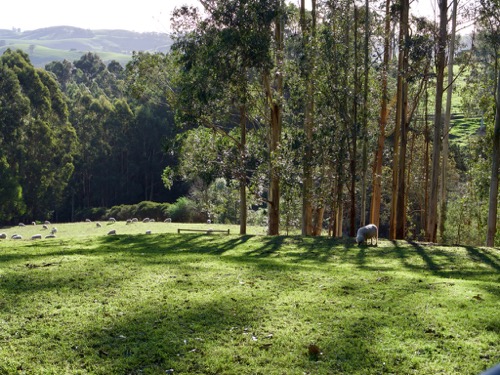
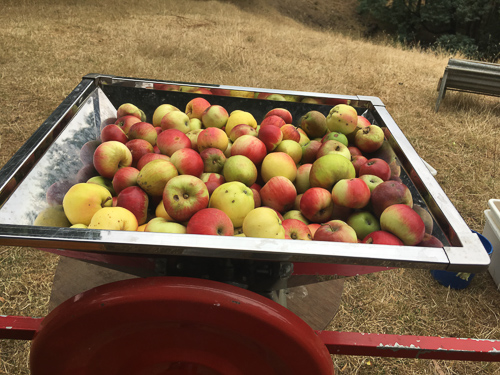
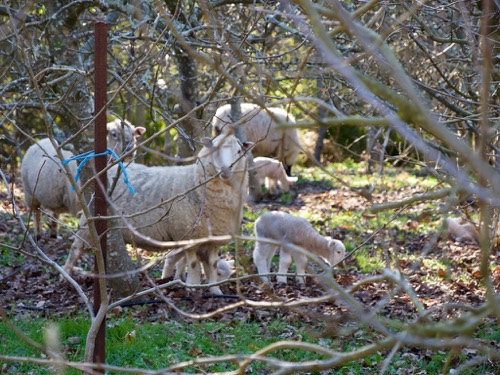
Archive Video (2016)


